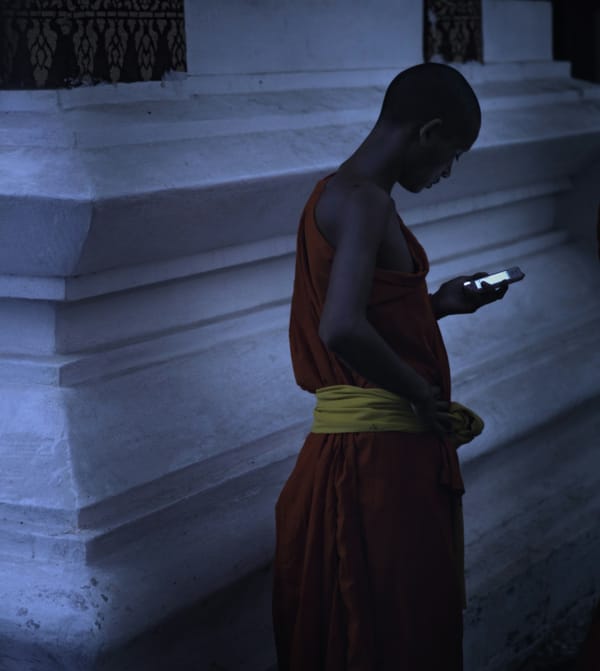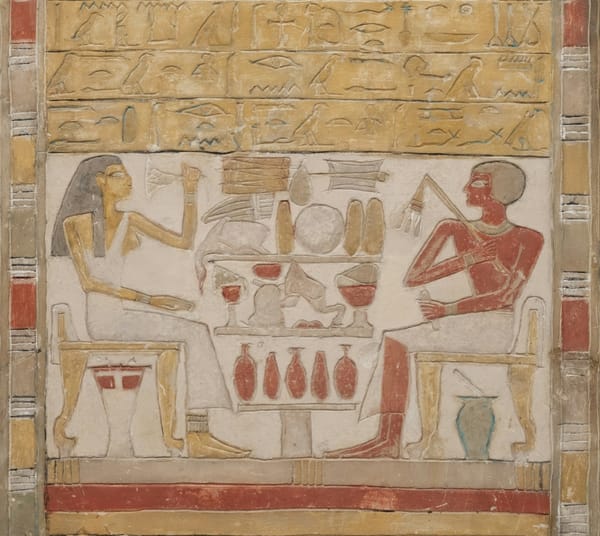Going to university was tough. I had just spent a year in England split between a boarding school, a residential college and an art school, all of which were socially vibrant. Now, back in New Zealand, I was living at home and commuting.
At university, I continually found myself in large lectures and new tutorials alongside people I had never met before. It was a lonely and alienating feeling. My daughters had much the same experience a generation later. Both struggled to make new friends during their undergraduate years.
The major reason I gravitated towards majoring in Ancient History was that, uniquely in my university, the department had a staff-student common room. Being able to chat informally with professors and students at all levels was a wonderful thing. It gave me a peer group and a home.
Nevertheless, the rest of my education still felt disconnected and constrained. Studying alongside people you don’t know is inhibiting. Virtually no one (in New Zealand at least) is happy contributing to class discussions when they are uncertain how fellow students are going to react to what they say. Other than the most extroverted of exhibitionists, people tend to say as little as possible.
Although intended to promote a healthy general knowledge, it is an intensely uncreative system. And the underlying problem behind all of this? Liberal universities want students to have freedom of choice in what they study.
Although intended to promote a healthy general knowledge, it is an intensely uncreative system.
Having a choice over what you study makes sense (in theory at least) if you are doing the traditional liberal pick-n-mix degrees like a BA or BSc – ones in which the aim is to teach thinking in general rather than to train for a specific field. But this approach makes no sense at all when studying a professional subject like graphic design.
In such subjects, giving students choice at the curriculum level is counterproductive. Barely a single first year graphic design student would opt for a typography class in preference to something sexy like photography or app designing. Yet typography is the basis of all graphic design and needs to be taught as early as possible.
The place where choice is most useful, to my mind, is at the assignment level. Students respond to being given plenty of topics to choose from. It allows them to align their study with their interests. Indeed, without a connection to their practice and interests, those students don’t see the point.
A curated curriculum was the modus operandi of the course I took over managing – a course located (at that point) in a polytechnic. Unlike universities, polytechnics taught to a technical rather than a liberal model. Technical programmes were based around how best to prepare workers, rather than equipping the ruling classes with a broad education – the underlying liberal imperative.
Having a single fixed curriculum, as polytechnics tended to do, had the benefit of allowing us to create groups of students who stayed together through the entire course. Consequently, the students got to know one another really well as they engaged with a collective experience.
Having a single fixed curriculum, as polytechnics tended to do, had the benefit of allowing us to create groups of students who stayed together through the entire course.
Introverts were drawn out of their shells. Classes developed their own cultures, and we encouraged a supportive atmosphere where everyone tried to help everyone else to be the proverbial best version of themselves.
For me, this communal aspect was the most important ingredient of our educational model. Once students were working well as a group, they fed off one another. I reckoned that around eighty percent of their learning was peer/peer, while the staff were responsible for about twenty percent. We were still doing our job fully. That eighty percent was all bonus, and it supercharged the course.
And then we became a university. Within a few years the pressure built to try and give students more choice. Being driven from the top down meant it was all about curriculum structure, since senior managers can only envisage change at the broadest level. They therefore asked students if they wanted more choice in what they studied, and of course, the students said yes.
The university did not, though, ask whether the students would like more choice at the cost of having no peer group or support network. Had they done so, they would have received a very different answer.
The university did not, though, ask whether the students would like more choice at the cost of having no peer group or support network.
But the ideology of freedom of choice was inexorable. Gradually the course was opened up, the ‘silos’ broken down and students ‘liberated’. The results were predictable. Much of what had made our course unique and desirable began to evaporate. It was a demoralizing spectacle.
And that is the problem with blindly applied liberal ideology. There are certainly occasions where we need to insist on our freedom to choose – politics, for example. But often choice is an illusion that disempowers people (think of a supermarket and the stress created by having so many products to choose between).
Isolated individuals bouncing around like atoms in a vast open empty space are not empowered. What is empowering is leaving university with a network of people who already know you and can support and cheer for you as you head out into the workforce. You need a community to raise a student.
Isolated individuals bouncing around like atoms in a vast open empty space are not empowered.
In reality, most universities simply peddle the illusion of choice, anyway. Actual choice is severely constrained by the timetables. I only took Ancient History in the first place because, in my first year, the History and Art History timetables clashed. It turned out for the best, but only because my choice was less than free.
I will acknowledge that the liberal educational model, and its curriculum choice, probably does work as intended if you study a BA or BSc in the old type of university – one with residential colleges. There, community occurs in the halls and then feeds back into the classroom.
But the university system needs to seriously rethink its attitude to choice if it is to work optimally for non-residential, time-poor students, who are often doing part-time work alongside their education. For those students, choice is not serving them well.

Each vignette invites readers to embrace the beauty of unfinished thinking and the art of holding life’s ongoing questions.











Member discussion